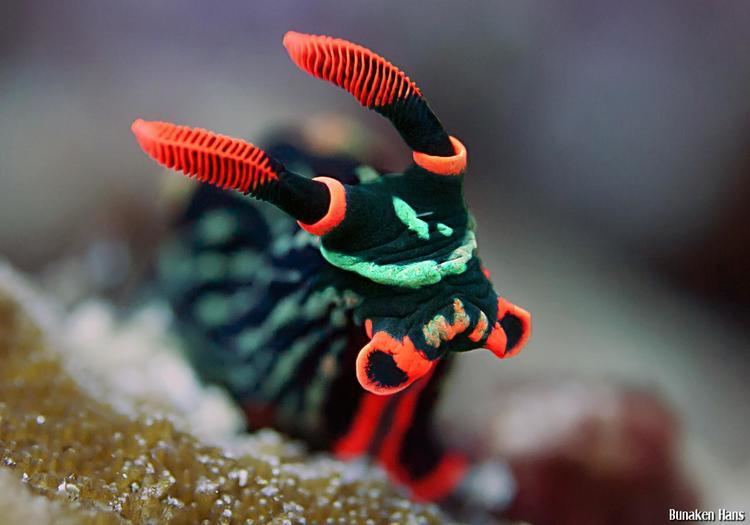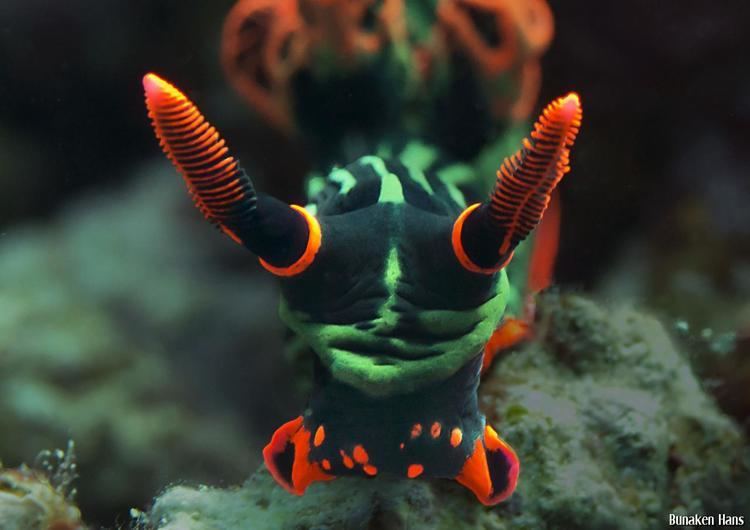Rank Species | Subfamily Nembrothinae Scientific name Nembrotha nigerrima Higher classification Nembrotha | |
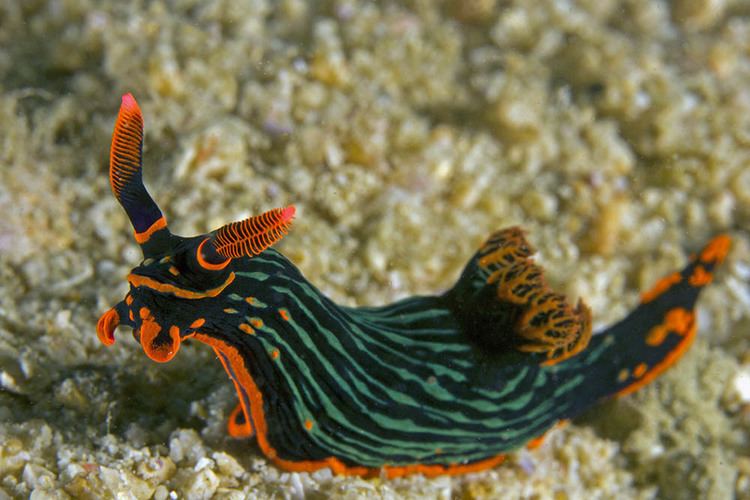 | ||
Similar Nembrotha, Nudibranch, Nembrotha cristata, Molluscs, Chromodoris | ||
Nudi decisions featuring nembrotha kubaryana nudibranch
Nembrotha kubaryana, also known as the variable neon slug or the dusky nembrotha, is a species of colorful sea slug, a dorid nudibranch, a marine gastropod mollusk in the family Polyceridae.
Contents
- Nudi decisions featuring nembrotha kubaryana nudibranch
- Synonymy
- Distribution
- Description
- Ecology
- Chemical defences
- References
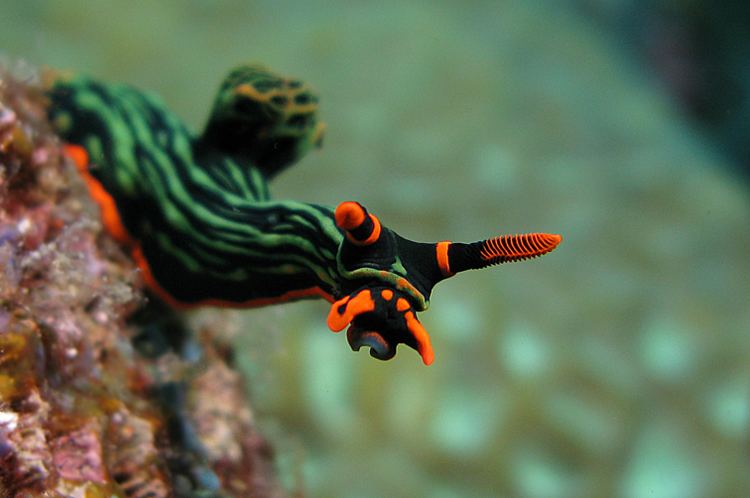
Synonymy
Its synonyms include Nembrotha nigerrima.
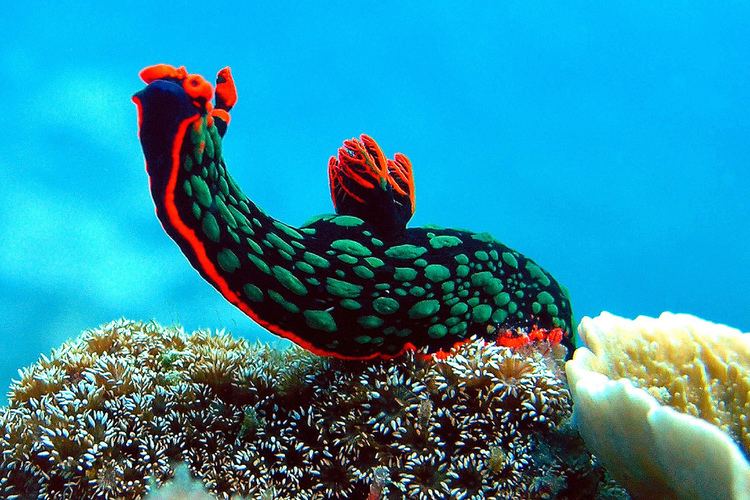
The two names Nembrotha nigerrima and N. kubaryana were published simultaneously by Bergh (1877), the first one on page 451, the second on page 454. Yonow & Hayward (1991) treated the two names as synonyms and, acting as First Revisers, gave precedence to kubaryana over nigerrima. Pola et al. (2008) agreed with the synonymy, but rejected Yonow & Hayward's nomenclatural act, arguing that nigerrima had page precedence over kubaryana. However, the ICZN Code does not contain such a thing as "page precedence", and Yonow & Hayward (1991) action was valid - and this position has been repeated by Yonow (2011).
Distribution
This species occurs in the tropical Indo-West Pacific.
Description
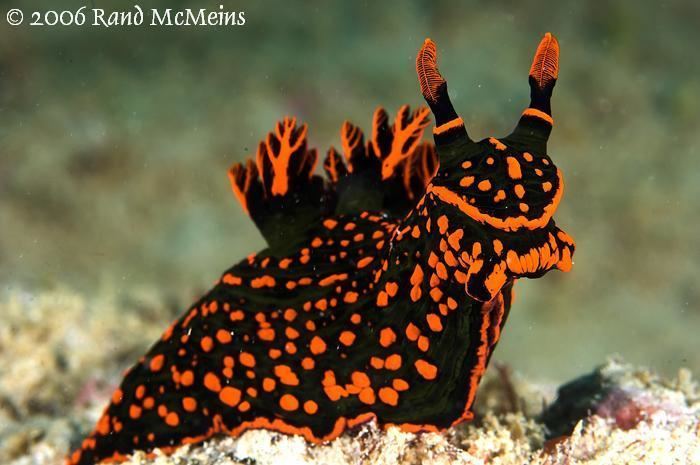
This animal can reach a total length of more than 120 mm. It is a large dark-bodied nudibranch which may have green stripes running down the length of the body or have green raised spots. The margin of the foot and head is a vivid red-orange. The rhinophores and gills may be red or green. Nembrotha kubaryana is easily confused with a similar species, Nembrotha cristata although the latter has no red orange border on its foot.
Ecology
The variable neon slug feeds on ascidians and has been observed feeding on the green-ringed ascidian, Sigillina signifera.
Chemical defences
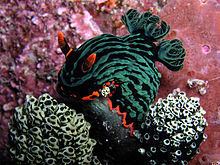
Nembrotha kubaryana uses the toxins in its prey ascidians to defend itself against predators. It stores the ascidian's toxins in its tissues and then releases them in a slimy defensive mucus when alarmed.
